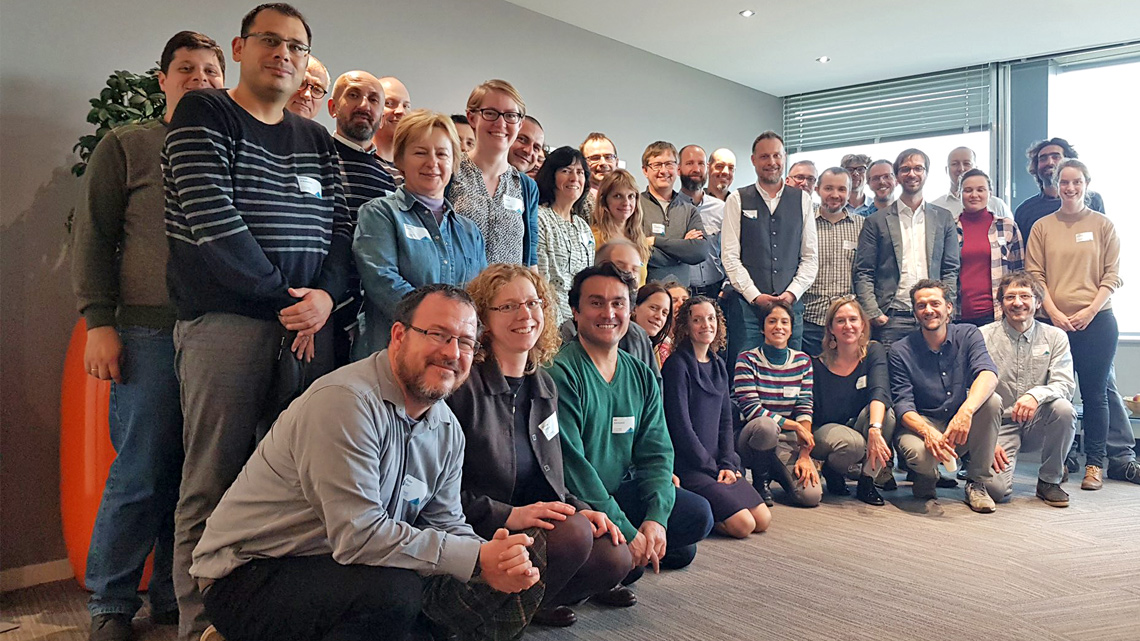The COST Action CA18207 will start from fungi, insects, herbs, spiders, lichens, mosses, and from all those small, often neglected organisms in a forest, to drive the manipulation of tree species through management strategies that are actually sustainable for biodiversity.
The perception of forests is inevitably linked to the dominance of trees. This is definitely correct; however, the increasing relevance gained by forest multiple functions should invite us to look also at the other elements.
When we recognize that, besides timber provision, forests have multiple functions such as the conservation of the biological diversity, carbon storage, people recreation, we are automatically posing the issue of sustainable management.
Forest sustainable management was defined as “the stewardship and use of forest lands in a way and at a rate that maintains their biodiversity, productivity, regeneration capacity, vitality and their potential to fulfil now and in the future relevant ecological, economic and social functions at local, national and global levels and that does not cause damage to other ecosystems”.
Biodiversity is one of the main sustainability issue, and according to the Ministerial Conference on the Protection of Forests in Europe is a criterion of sustainability that is assessed through a high number of indicators. However, if we look closely at these indicators, we hardly find any direct information on organisms other than trees.
We can list several historical and economic reasons for this: forest inventories are firstly designed to assess timber resources, usually forest management is designed without the contribution of conservationists, sampling biodiversity is difficult and costly. Nevertheless, there is no doubt that information on trees only cannot ensure that most taxonomic groups within a forest ecosystem are properly conserved.
Recently in Europe, many researchers made the effort of collecting multi-taxonomic information in forests, mostly to relate this information with different forms of structure and management. These efforts, although wide in their taxonomic perspective, have a limited spatial extent.
The COST Action Bottoms-Up involves about 100 researchers from more than 30 countries.
The Action aims at putting together these local multi-taxonomic efforts to provide Europe with direct indicators of forest biodiversity. This would mean to really account for biological diversity when assessing management sustainability and designing management policies.
Our aims suits very well the current need of standardizing and making available the information on European forests, as highlighted by the novel Forest Information System for Europe.
If we succeed, even partly, it would be a dramatic change also in the way forest biodiversity is perceived by European forest policy makers. I cherished this idea for at least ten years and promoted it among several colleagues in the latest years. Seeing a way towards it means something huge to me as a researcher and as a person aware of the value of the biodiversity of European forests.
Post by Sabina Burrascano



